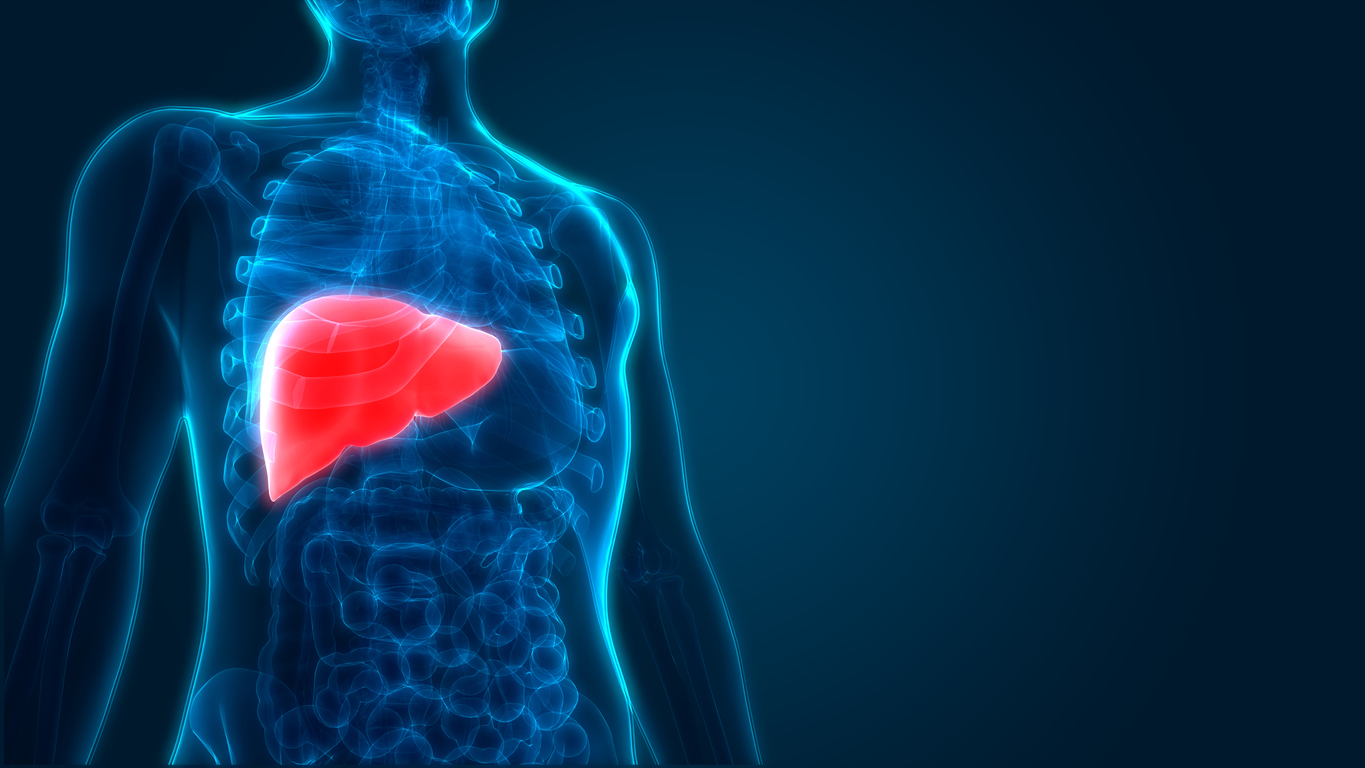
October is National Liver Cancer Awareness Month. The liver is one of the largest organs in the body. Most of us know that its function is to filter harmful substances from the blood. The liver also produces bile that helps in the digestion of fats and stores sugar that our bodies use for energy. So what is liver cancer, what are the risk factors, and what are the signs and symptoms?
There are two types of primary liver cancer in adults. One is hepatocellular carcinoma and the other is cholangiocarcinoma. The first, hepatocellular carcinoma, is the most common type of adult primary liver cancer. The second, cholangiocarcinoma is relatively rare in the United States. The incidences of this type of cancer are rising, particularly in relation to the spread of hepatitis C virus infection.
What are the risk factors for liver cancer?
In an effort to raise awareness for liver cancer, it’s important to recognize the risk factors. When we know the risk factors, we can identify the ones that are within our control and
- Gender. Liver cancer is much more common in males than in females
- Race or Ethnicity. In the United States, Asian Americans and Pacific Islanders have the highest rates of liver cancer, followed by American Indians and Alaska Natives and then by Hispanics, Latinos, African Americans, and Caucasians.
- Chronic Viral Hepatitis. Worldwide, the most common risk factor for liver cancer is chronic (long-term) infection with hepatitis B virus or hepatitis C virus. These infections lead to cirrhosis of the liver and are responsible for making liver cancer the most common cancer in many parts of the world.
- Cirrhosis. Cirrhosis is a disease in which liver cells become damaged and are replaced by scar tissue is a leading factor. People with cirrhosis have an increased risk of liver cancer. Most (but not all) people who develop liver cancer already have some evidence of cirrhosis.
- Heavy Alcohol Use. Alcohol abuse is a leading cause of cirrhosis in the United States, which is linked with an increased risk of liver cancer.
- Obesity. Obesity increases the risk of developing liver cancer. This is probably because it can result in fatty liver disease and cirrhosis.
- Type 2 Diabetes. The condition has been linked with an increased risk of liver cancer, usually in patients who also have other risk factors such as heavy alcohol use or chronic viral hepatitis. This risk may be increased because people with type 2 diabetes tend to be obese, which in turn can cause liver problems.
What are possible signs and symptoms of liver cancer?
- Losing wight without trying
- Loss of appetite
- Upper abdominal pain
- Nausea and vomiting
- General weakness and fatigue
- Abdominal swelling
- Yellow discoloration of your skin and the whites of your eyes indicating jaundice
- White, chalky stools
For information on more risk facors, visit cancer.org.
MainStreet Family Care & KidsStreet Urgent Care support the search for the cure to cancer. For more information on the services provided by MainStreet and KidsStreet, visit mainstreetfamilycare.com or kidsstreeturgentcare.com.
